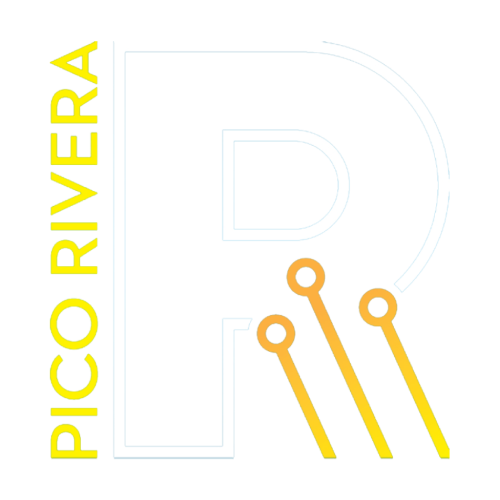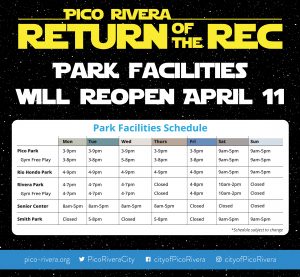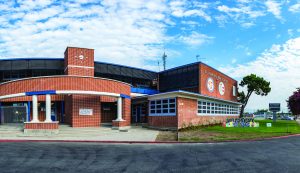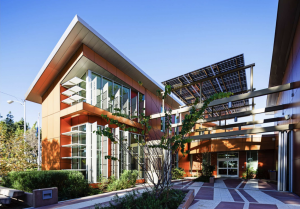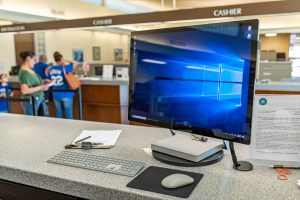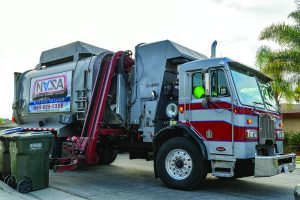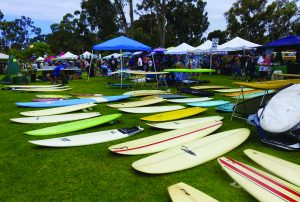The City of Pico Rivera has two key elements necessary for any type of business to succeed: A population of growing families with disposable income for goods and services, and prime commercial and industrial properties. For retailers looking to target an upward mobile market segment with purchasing needs and purchasing power now is the time to consider Pico Rivera.
Pico Rivera offers retailers an opportunity to invest in a community where California’s new middle class is actively building families and futures. Families in Pico Rivera are second and third generation Hispanic families with a rising household income looking for a variety of shopping and entertainment experiences. We believe that Pico Rivera is a gold mine of opportunity for savvy retailers.
Pico Rivera’s location within Southern California makes it the ideal place for commerce and industry:
- Minutes from Port of Long Beach and Los Angeles, the busiest container ports in the U.S.
- Within reach of five Southern California freeways – the 5, 60, 105, 605 and 710.
- Accessible by the Burlington Northern Santa Fe Railway (BNSF) and the Union Pacific Railroad.
- Only 31 miles from LAX, 33 miles to Ontario International Airport and 25 miles to John Wayne Airport.
Demographics According to the 2010 US Census:
Population
In 2008-2010, Pico Rivera city, California had a total population of 63,000, of which 52% were female and were 48% males. The median age was 34.0 years. Twenty-six percent of the population was under 18 years and 12% was 65 years and older.

For people reporting one race alone, 69% were White; less than 0.5% were Black or African American; 1% were American Indian and Alaska Native; 2% were Asian; less than 0.5% were Native Hawaiian and Other Pacific Islander, and 2% were Some other race. Two percent reported two or more races. Ninety-one percent of the people in Pico Rivera city, California were Hispanic. Five percent of the people in Pico Rivera city, California were White non-Hispanic. People of Hispanic origin may be of any race.
Income
The median income of households in Pico Rivera city, California was $55,774. Nine percent of households had income below $15,000 a year and 4 percent had income over $150,000 or more.

Eighty-three percent of the households received earnings and 15 percent received retirement income other than Social Security. Thirty-one percent of the households received Social Security. The average income from Social Security was $14,840. These income sources are not mutually exclusive; that is, some households received income from more than one source.

Housing Characteristics
In 2008-2010, Pico Rivera city, California had a total of 17,000 housing units, 3 percent of which were vacant. Of the total housing units, 79 percent were in single-unit structures, 18 percent were in multi-unit structures, and 3 percent were mobile homes. Six percent of the housing units were built since 1990.

The median number of rooms in all housing units in Pico Rivera city, California is 5. Of these housing units, 60 percent have three or more bedrooms.
Occupied Housing Unit Characteristics
In 2008-2010, Pico Rivera city, California had 16,000 occupied housing units – 11,000 (68 percent) owner occupied and 5,200 (32 percent) renter occupied. Forty-six percent of householders of these units had moved in since 2000. Seventy-one percent of the owner occupied units had a mortgage. One percent of the households did not have telephone service. Seven percent had no vehicles available and another 32 percent had three or more.
Housing Costs
The median monthly housing costs for mortgaged owners was $1,861, nonmortgaged owners $292, and renters $1,151. Fifty-two percent of owners with mortgages, 9 percent of owners without mortgages, and 64 percent of renters in Pico Rivera city, California spent 30 percent or more of household income on housing.

Education
In 2008-2010, 33 percent of people 25 years and over had at least graduated from high school and 10 percent had a bachelor’s degree or higher. Thirty-three percent were dropouts; they were not enrolled in school and had not graduated from high school.
The total school enrollment in Pico Rivera city, California was 19,000 in 2008-2010. Nursery school and kindergarten enrollment was 1,700 and elementary or high school enrollment was 12,000 children. College or graduate school enrollment was 5,000.

Employment Status and Type of Employer
In Pico Rivera city, California, 55 percent of the population 16 and over were employed; 40 percent were not currently in the labor force.
Seventy-nine percent of the people employed were private wage and salary workers; 15 percent were federal, state, or local government workers; and 7 percent were self-employed in their own (not incorporated) business.
| Class of worker | Number | Percent |
|---|---|---|
| Private wage and salary workers | 21,069 | 78.6 |
| Federal, state, or local government workers | 3,928 | 14.6 |
| Self-employed workers in own not incorporated business | 1,756 | 6.5 |
Industries
In 2008-2010, the civilian employed population 16 years and older in Pico Rivera city, California worked in the following industries:

Occupations
Occupations for the civilian employed population 16 years and over in Pico Rivera city, California in 2008-2010:
| Civilian employed population 16 years and over | Number | Percent |
|---|---|---|
| Management, business, science, and arts occupations | 5,443 | 20.3 |
| Service occupations | 5,195 | 19.4 |
| Sales and office occupations | 8,495 | 31.7 |
| Natural resources, construction, and maintenance occupations | 2,454 | 9.2 |
| Production, transportation, and material moving occupations | 5,227 | 19.5 |
Commuting to Work
Seventy-seven percent of Pico Rivera city, California workers drove to work alone in 2008-2010, and 12 percent carpooled. Among those who commuted to work, it took them on average 30 minutes to get to work.

